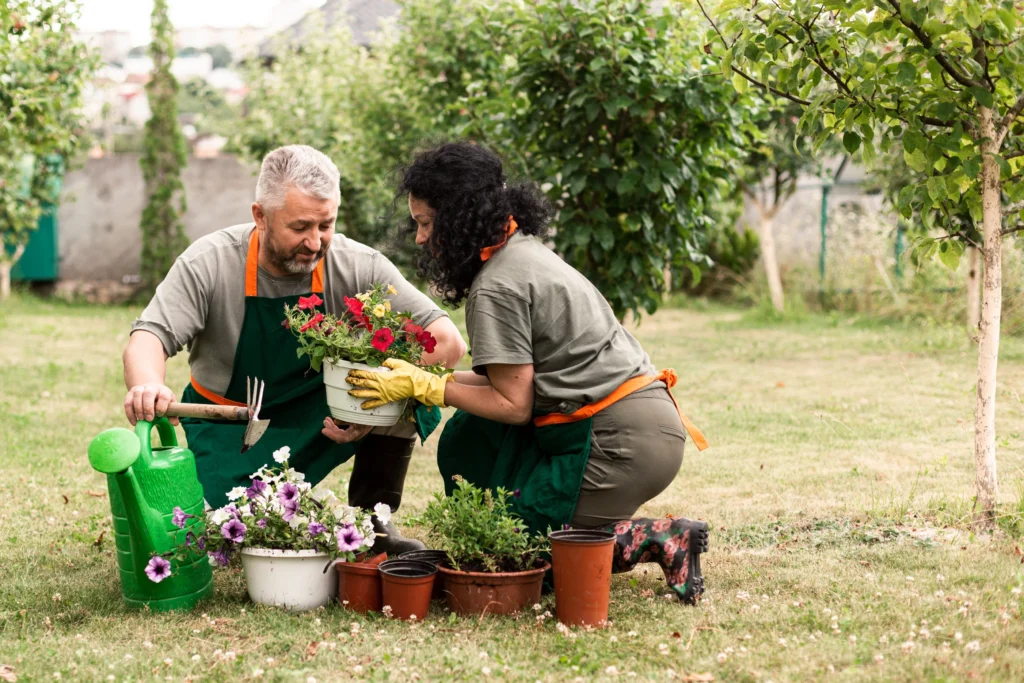Life has changed dramatically over the past few decades. Our grandfathers lived in a world that was slower, simpler, and deeply connected to nature and family values. Today, we live in a fast-paced, technology-driven era with modern conveniences but also new challenges. Let’s take a closer look at the differences in food, lifestyle, health, farming, and family structures between their time and ours.
Food and Lifestyle: Then vs. Now
Our grandfathers enjoyed a diet that was largely organic, natural, and free from harmful chemicals. They ate homegrown vegetables, fresh dairy. Food was prepared at home with traditional methods, ensuring that meals were nutritious and free from preservatives.
In contrast, today’s food system is dominated by processed and fast foods. Pesticides, chemical fertilizers, and genetically modified organisms (GMOs) have become common in farming, leading to concerns about food safety. Packaged food, high in artificial additives, preservatives, and unhealthy fats, has replaced homemade meals. While modern food is convenient and readily available, it has contributed to increased cases of obesity, diabetes, and heart disease.
Farming: Organic and Chemical-Free vs. Modern Agriculture
Farming during our grandfathers’ time was primarily organic. Farmers used natural fertilizers like compost and manure, practiced crop rotation, and relied on traditional pest control methods. The result was nutrient-rich soil and healthier food, free from harmful chemicals.
Today’s farming methods prioritize high yields and efficiency. Pesticides, herbicides, and synthetic fertilizers are widely used to increase production. While these techniques have helped feed a growing population, they have also led to soil degradation, water pollution, and health risks due to chemical residues in food. Many studies have linked pesticide exposure to cancer, hormonal imbalances, and neurological disorders.
The loss of biodiversity and declining soil fertility due to modern farming methods have raised concerns, prompting a renewed interest in organic farming and sustainable agriculture. Consumers are now more conscious of what they eat, leading to a rise in organic food markets.
Quality of Life and Health: Then vs. Now
Our grandfathers led physically active lives. Whether working in the fields, walking long distances, or engaging in manual labor, their daily routine kept them fit and healthy. They had fewer lifestyle-related diseases and lived in a less polluted environment. They also had fewer stress-related illnesses, as life was more community-driven and less competitive.
In contrast, our generation is more sedentary. Desk jobs, urbanization, and technology have led to a decline in physical activity. Mental health issues like anxiety and depression are rising due to work pressure, social media influence, and the constant need to stay connected. While medical advancements have improved life expectancy, modern diseases like diabetes, obesity, and heart problems are more prevalent than before.
Family Structure: Joint Families vs. Nuclear Families
One of the biggest differences between our grandfathers’ time and ours is the family structure. Earlier, joint families were common, where multiple generations lived under one roof. This provided emotional and financial support, ensured a strong bond among family members, and preserved traditions and cultural values. Elders played a significant role in guiding the younger generation.
Today, nuclear families are the norm. People migrate to cities for work, leading to smaller family units. While nuclear families offer more privacy and independence, they sometimes lead to loneliness, weaker family bonds, and less support for elderly parents. The decline of joint families has also affected traditional knowledge sharing, cultural practices, and the sense of belonging that previous generations enjoyed.
Conclusion: Finding a Balance Between Tradition and Modernity
While modern life offers convenience, technology, and medical advancements, it also comes with challenges like unhealthy diets, stress, and weaker social bonds. Our grandfathers’ generation had a more natural, healthier lifestyle, but they also faced hardships due to limited medical care and fewer technological comforts.
The key is to find a balance—embracing the benefits of modern life while preserving the best aspects of the past. By choosing organic food, leading an active lifestyle, and maintaining strong family connections, we can create a life that is both healthy and fulfilling.

